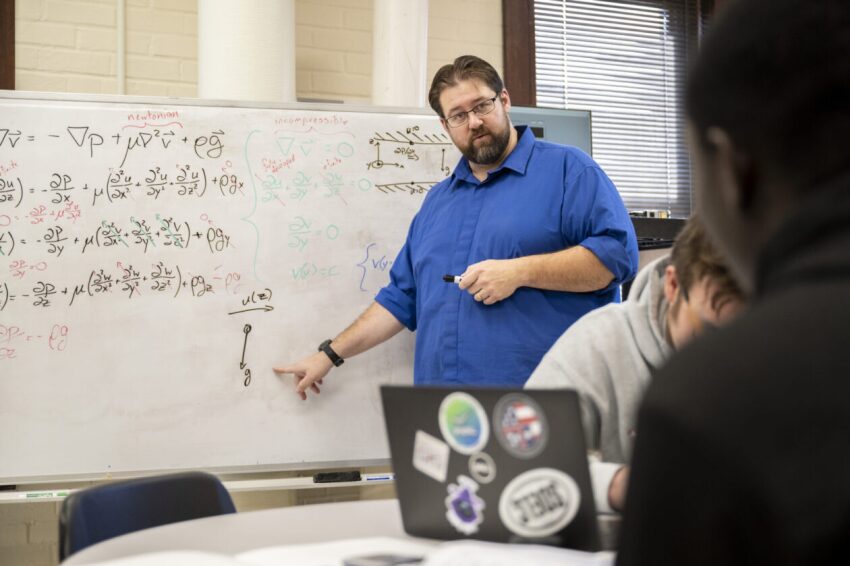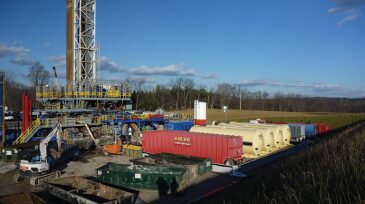Technology
Founding dean of Missouri S&T’s Kummer College, James D. Sterling, sat down with Joshua Schlegel, associate professor and associate chair of nuclear engineering and radiation science, to discuss why nuclear power is making a comeback and what its resurgence means for the future of energy.
In this interview, Purohit explains why ultrasonic technology is rising as a dominant solution for gas-flow applications and how engineering teams can approach measurement as a tool not just for accountability but also for operational excellence.
Microgrids are no longer niche innovations—they have become a foundational component of modern energy infrastructure. Realizing their full potential will require targeted policy reform, clearer regulatory frameworks, and greater access to innovative financing models.
-
Advances in technology will bring many opportunities for improving our industry in areas as diverse as water management, nanotechnology and automation.
-
In this issue, we take a look at those technologies that seem intangible, but will be part of the standard oilfield tool box in years to come. We are talking about nanotechnology, the expansion of the digital era, automation solutions, and the exploitation of “new” resources in harsh environments.
-
-
A review of the current status and research on CO2 flooding and CO2 sequestration.
-
Despite the drilling industry’s shift toward managed pressure drilling (MPD) over the past half-decade, underbalanced drilling (UBD) continues to be a desirable option for many operations today.
-
Antarctica is the storehouse of the world’s oldest ice-borne climate records, preserved in the Antarctic deep freeze for millions of years. But Antarctica is also a living laboratory in which the decadal effects of climate change can be directly observed.
-
Neeraj Gupta of the Battelle Memorial Institute and Nigel Jenvey of Maersk Oil and Gas comment on technology applications for carbon emission control and enhanced oil recovery.
-
We provide here a brief introduction to game theory, which might better be called the theory of conflict and cooperation. Classical decision analysis is more applicable when one party is making the decision; when multiple parties are involved, use of game theory is more appropriate.
-
A brief introduction to the subject regions, highlighting some key differences with respect to other known basins as well as the size of the prize, is followed by a focus on fluid properties’ role in terms of field development and uncertainty reduction.
-
A brief primer on managed pressure drilling (MPD) and how it compares with underbalanced drilling (UBD).













